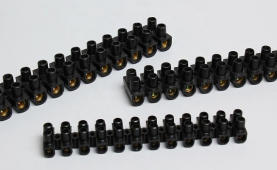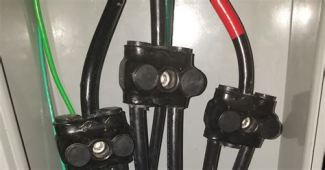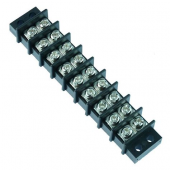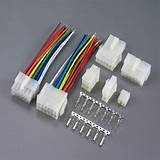Vigo
Solar Addict
I think a lot of yall would enjoy this one:
BTW, broken antique welders and large automotive battery chargers are basically free and almost never have a broken transformer. Just saying.
BTW, broken antique welders and large automotive battery chargers are basically free and almost never have a broken transformer. Just saying.






